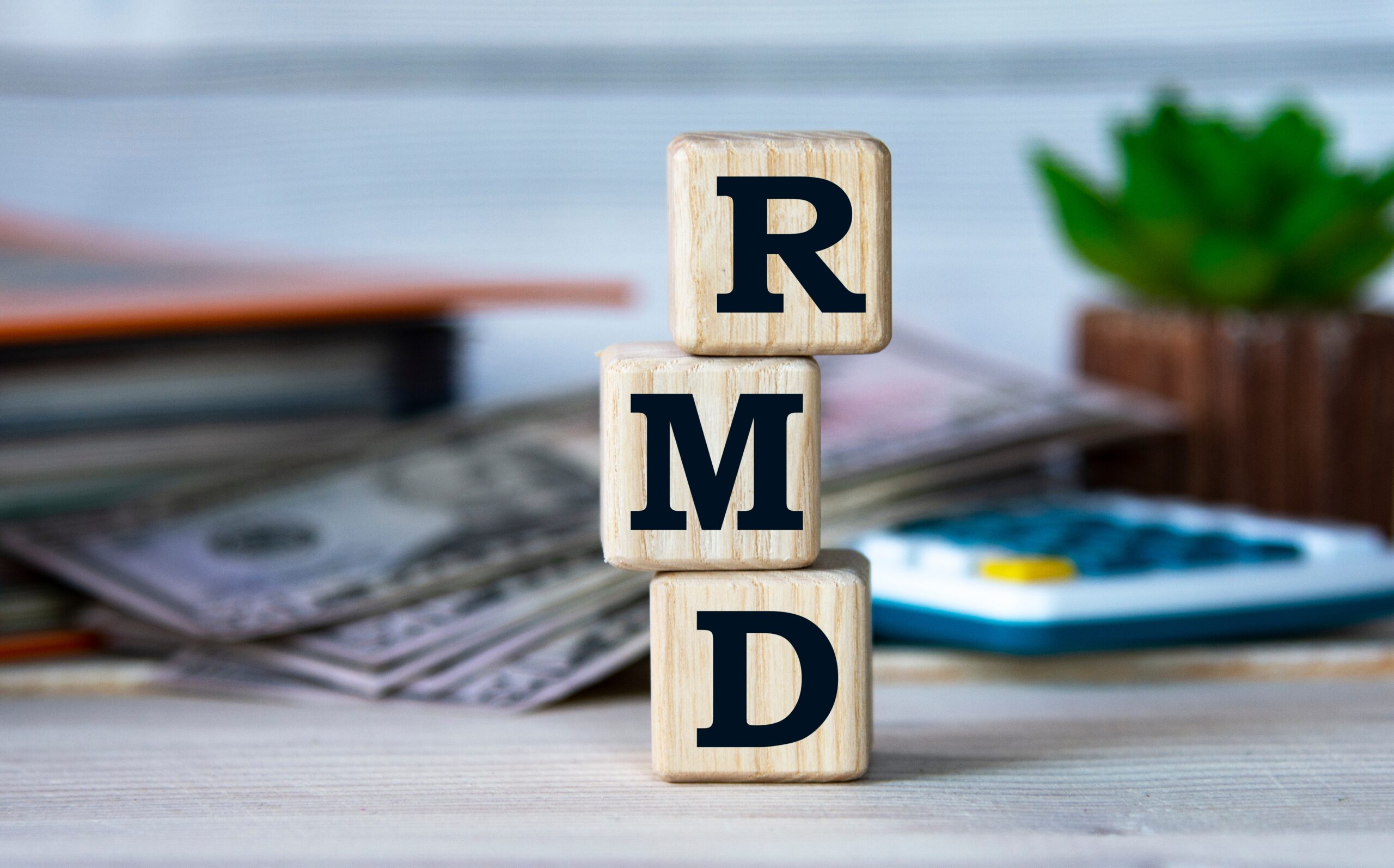The Secure Act 2.0, enacted in December 2022, is loaded with provisions designed to make it easier to save for retirement. Among them is an adjustment to the starting age for required minimum distributions (RMDs), raising it from 72 to 73 for 2023 and then phasing in an ultimate increase to 75 by 2033. The increase comes just three years after the RMD age was raised from 70 ½ to 72 with the first SECURE Act in 2019.
The purpose of RMDs is to enable the government to collect taxes on retirement earnings that have been deferred for many years. The amount of RMDs for an individual is based on the year-end account balance of their traditional IRA or 401(k) and their life expectancy as determined by the IRS’s Uniform Lifetime Table. To calculate an RMD for any given year, divide the account balance by your remaining life expectancy.
Delayed RMDs Could Hurt More Than They Help
At first glance, the ability to delay RMDs by up to three years may be viewed as a positive, allowing you the opportunity to delay taxes on unnecessary distributions. However, the starting age for RMDs is of no consequence if you rely on retirement plan distributions to cover your expenses. In this case, you will likely start taking distributions soon after you retire.
But if you don’t have to rely on retirement plan distributions immediately, delaying taxation of your retirement earnings for an additional three years may have appeal. But there is a potential drawback.
If you delay your RMDs, you could initiate a tax problem. Waiting to take distributions from a retirement plan will likely result in a larger account balance. And because that balance will be divided by a shorter life expectancy, the RMD can be significantly higher, resulting in more tax liability during those years. A larger RMD could push you into a higher tax bracket and expose your Social Security benefits to more taxation. It could also increase your Medicare Parts B and D premiums.
Also, if you plan to leave part of your IRA to your beneficiaries, remember the 10-year rule. They will be required to liquidate the account within ten years, and if they’re in a high tax bracket, this will cause a large portion of the account to go to uncle-sam.
From a positive planning perspective, the delay in RMDs offers you more time to convert a traditional IRA to a Roth IRA, which is not subject to RMDs. That’s because Roth IRAs are funded with after-tax dollars, which are allowed to grow tax-free and are not taxed upon their distribution. Although taxes are owed on the conversion amount at the time of conversion, Roth accounts allow your money to grow without concern for taxes. Income from Roth IRAs is also excluded from the Social Security tax calculation.
Regardless of Timing, RMDs Should Be Considered A Part Of A Retirement Income Strategy
While raising the RMD age could have negative tax implications for retirees, those who plan accordingly can avoid more significant tax liabilities in the future. The goal should be to take money out at the lowest tax rate possible. For example, between the standard deduction ($27,700 for 2023), and the exemption for capital gains and dividend income (up to $89,250 for joint filers in 2023), it’s possible to receive more than $100,000 of income taxed at an effective rate of zero percent.
Or, by taking income from a combination of sources, such as capital gains from a taxable account, tax-deferred income from a retirement plan, and tax-free income from a Roth IRA or tax-exempt bonds, it’s possible to average down your tax rate. Determining the optimal mix of income from various sources requires ongoing retirement income planning with the help of a financial advisor.
Until you have done the planning, you can’t assume that delaying RMDs is better for your situation. For many retirees, spreading their RMDs over more years is the best way to prevent bracket creep and higher taxes.



